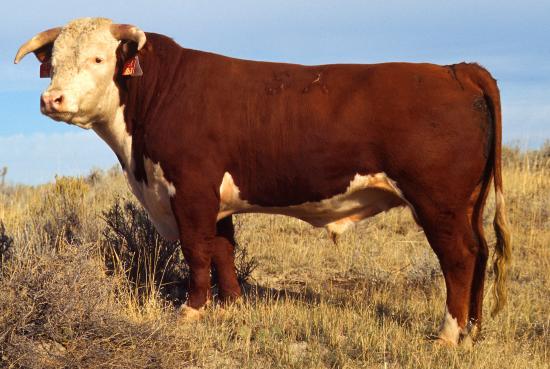Shallow safety vs. deep safety:
Shallow: estimated from volatility, assumes nothing goes wrong at lower layers of the protocol stack
Deep: what happens to your assets upon underlying failures? e.g. how would your digitally centralized assets fare against sanctions or cyberwar?
Shallow: estimated from volatility, assumes nothing goes wrong at lower layers of the protocol stack
Deep: what happens to your assets upon underlying failures? e.g. how would your digitally centralized assets fare against sanctions or cyberwar?
Digitally centralized assets have poor deep safety. They were designed in & only work in a legally stable environment.
Real estate & gold have deeper safety, assuming strong local security.
Trust-minimized Bitcoin uses computer science to achieve unprecedentedly deep safety.
Real estate & gold have deeper safety, assuming strong local security.
Trust-minimized Bitcoin uses computer science to achieve unprecedentedly deep safety.
Digital centralization has made it possible, for the first time in history, for authorities to routinely extract haircuts and "negative interest". Some countries in Europe have already used these techniques against digitally centralized cash balances.
At the behest of political activists, digitally centralized financial services have frozen accounts and cut off access to a wide variety of people based on their political views.
In a deep or prolonged recession, attacks by technocratic authorities & political activists against digitally centralized assets will increase in volume & scope. Other forms of political or legal instability could also lower the safety of digitally centralized assets.
One can think of shallow safety as the technical analysis of safety based on technical factors such as price volatility. Deep safety is a fundamental analysis of the underlying technological, political, and legal environments which actually control the assets.
• • •
Missing some Tweet in this thread? You can try to
force a refresh





